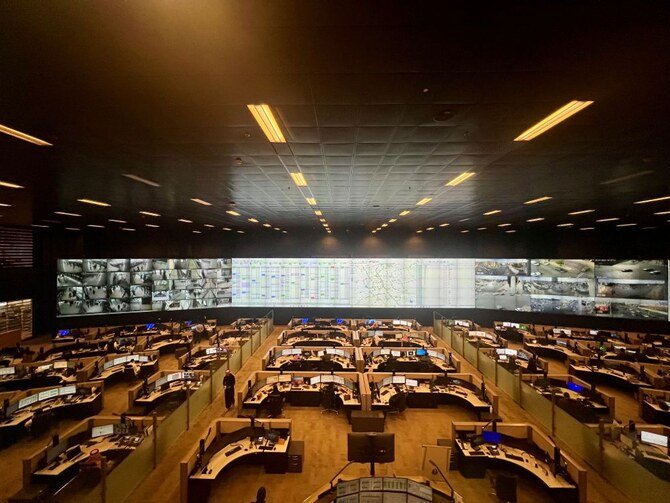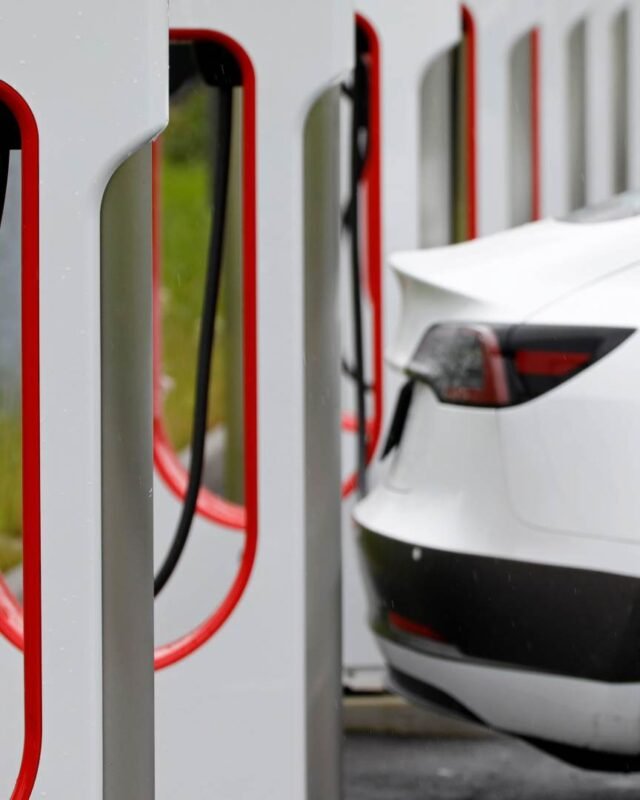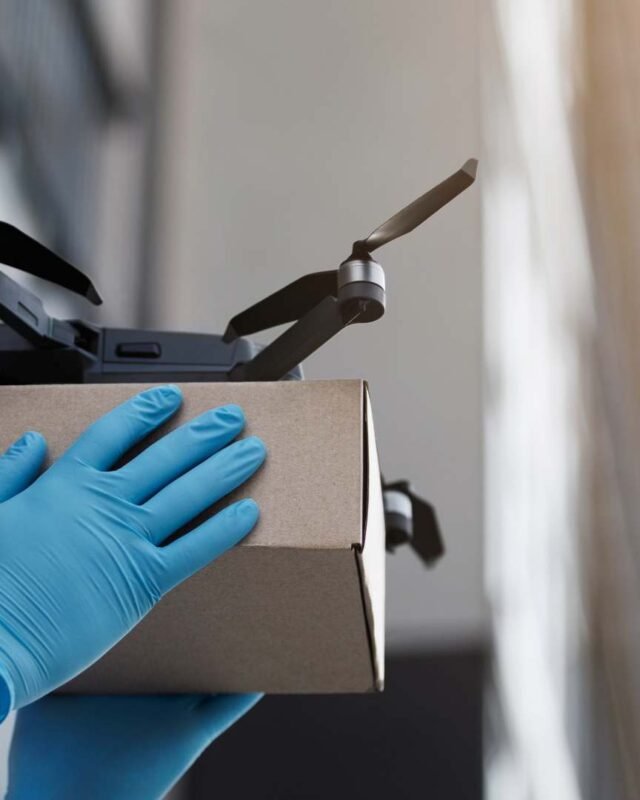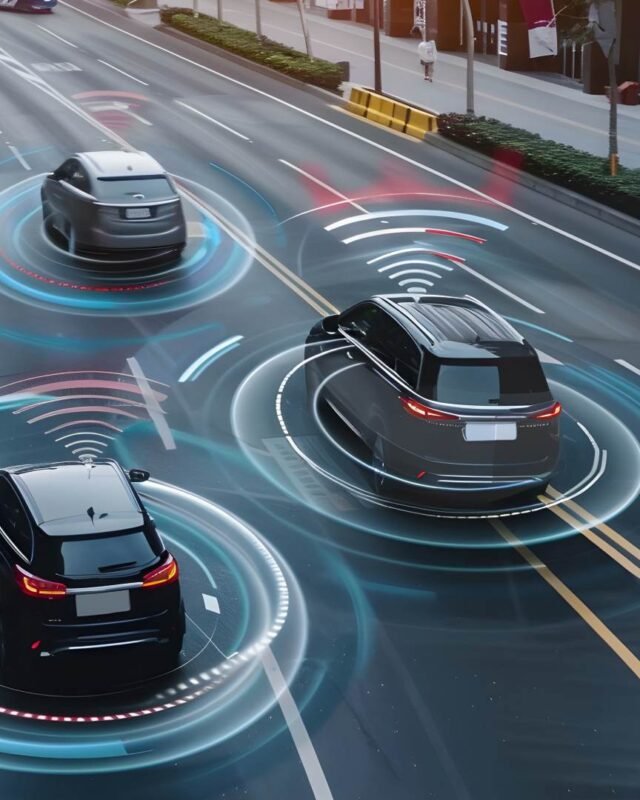Riyadh’s Bus System: Driving Saudi’s Public Transport Expansion
Aside from the successful launch of Riyadh Metro, which has become the largest unmanned metro system in the Middle East and already carried over 18 million passengers in just 11 weeks, Riyadh’s bus network is undergoing an equally ambitious transformation. While sleek metro trains glide across the city, the bus system is carving out its own identity—expanding routes, optimizing connectivity, and shaping the daily commute for hundreds of thousands of riders. As a crucial component of the Saudi mobility transformation, the bus network is growing rapidly, with 1,905 kilometers of coverage proving that Riyadh isn’t just building a transit system—it’s redefining urban movement.
Unprecedented Growth in Saudi Bus Infrastructure
The Riyadh Bus system has significantly expanded in recent years, with more than 2,860 bus stops and stations strategically placed across the city, serving a daily capacity of 500,000 passengers. The network now operates 87 routes, utilizing 842 vehicles, ensuring efficient connectivity to key districts and accommodating the city’s growing commuter base. From the launch of dedicated bus lanes to the addition of new feeder routes, Riyadh’s bus system is evolving to optimize travel efficiency and support broader sustainability goals. These developments align with Riyadh’s vision of becoming a modern, interconnected metropolis, where public transport plays a pivotal role in economic and social mobility.
Dedicated bus lanes are designed to reduce congestion and improve travel times. Key routes such as King Abdulaziz Road, Al Iskan District, and Ash-Shifa Route now feature high-speed lanes exclusively for buses, ensuring consistent and predictable transit times for passengers. The introduction of feeder routes, which connect residential and commercial districts to major transport hubs, further enhances convenience and accessibility, ensuring that the system efficiently serves its half a million daily riders.
New Bus Routes Launched in March 2025 Connecting the Diplomatic Quarter

A major highlight of the expansion is the introduction of new bus routes serving the Diplomatic Quarter, connecting King Saud University Station to this key administrative hub. The extension ensures effortless access for professionals, diplomats, and visitors, reinforcing Riyadh’s commitment to efficient urban mobility.
Also Read: Riyadh Metro Revolution: 18M Passengers and Counting
Smart Systems and Seamless Connectivity: Redefining Mobility in Riyadh
Innovation is central to Riyadh’s transportation strategy, with advanced technology ensuring seamless operations. The Riyadh Public Transport Control Center (RPTCC) monitors real-time transit data, overseeing the bus, metro, and traffic systems. With over 14,000 security cameras, facial recognition technology, and AI-driven analytics, the system enhances security and passenger experience while maintaining smooth operations.

The implementation of smart traffic control systems has also played a crucial role in improving efficiency. The Riyadh Metro, which complements the bus network, now spans 176 kilometers across six lines, supporting a fully integrated public transit model. This synergy between metro and bus services ensures seamless connectivity, allowing passengers to switch modes effortlessly.
Passengers can access live updates, travel schedules, and ticketing options through the Darb application, operated by the Royal Commission for Riyadh City (RCRC), making commute planning easier. Furthermore, contactless payment solutions—including smartphone-based transactions—offer users a seamless, cash-free travel experience.
Riyadh’s Bus Network: Driving Saudi Mobility Transformation
Riyadh’s bus expansion isn’t just about increasing coverage—it’s reshaping how people navigate the city, offering affordable, accessible, and sustainable transit alternatives. By reducing car dependency and improving infrastructure, this initiative is a significant step toward a modernized urban transport system.
Over the last year alone, Riyadh’s bus network has transported over 50 million passengers, an indication of its growing importance in everyday mobility. The Saudi mobility transformation prioritizes efficiency and reliability, ensuring that Riyadh’s residents and visitors benefit from world-class transportation infrastructure.
As Riyadh continues to push forward with its transport evolution, its bus network remains central to achieving an interconnected, smart, and efficient public mobility system. With new routes, expanded coverage, and cutting-edge technology, the city is setting new benchmarks in sustainable urban transit.




